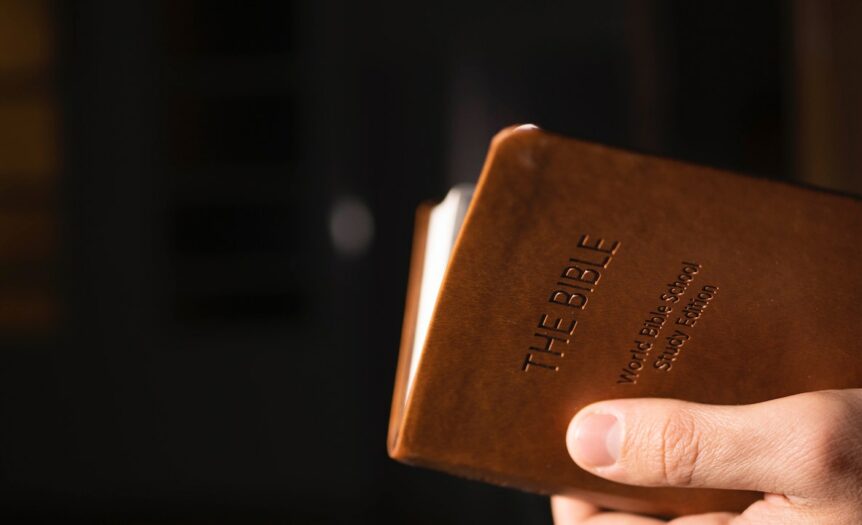What Happened to Those Who Died Before Jesus Was Born
Curiosity often arises regarding the fate of those who passed away before Jesus was born. It’s a question that delves into the realms of faith, religion, and the mysteries surrounding life after death. While there is no definitive answer in historical texts or religious doctrines, various beliefs and interpretations offer some insight into this intriguing topic.
In ancient times, different cultures held their own beliefs about what happened to individuals who died before the advent of Jesus Christ. Some traditions believed in an afterlife or a realm where souls resided until a savior arrived. Others held notions of punishment or purification before being granted access to paradise.
Within Judaism, for instance, there were varying ideas about Sheol, a place where all souls went after death regardless of their deeds during life. The concept evolved over time, with some Jewish sects eventually embracing the idea of resurrection and eternal life.
Beliefs in Different Cultures and Religions
When exploring the question of what happened to those who died before Jesus was born, it’s important to consider the beliefs that various cultures and religions hold. Throughout history, different societies have developed their own explanations and understandings of the afterlife. Here are a few examples of beliefs from diverse cultures:
- Ancient Egyptian Beliefs: In ancient Egypt, the concept of an afterlife played a central role in their religious beliefs. They believed in the existence of multiple realms, including the realm of Osiris, the god of the dead. Egyptians believed that individuals would undergo a judgment process upon death, where their heart would be weighed against a feather representing truth. If they passed this judgment, they could continue on to eternal life.
- Norse Mythology: The ancient Norse people had their own unique perspective on what happened after death. They believed in an afterlife called Valhalla for warriors who died honorably in battle. Those chosen by Odin, the chief god, would reside there and prepare for Ragnarok – a final battle between gods and giants.
- Hinduism: In Hinduism, one of the oldest religions globally, there is a belief in reincarnation based on karma (the law of cause and effect). Hindus believe that individuals go through multiple cycles of birth, death, and rebirth until they achieve moksha (liberation) from this cycle.
- Ancient Greek Mythology: The ancient Greeks held diverse beliefs about the afterlife depending on their region and time period. Some believed in Hades as an underworld where souls went after death while others thought that deceased individuals became shades or spirits wandering aimlessly.
- Native American Spirituality: Many Native American tribes have rich spiritual traditions with varying beliefs about what happens after death. For example, some tribes believe in a spirit world where ancestors reside while others see death as part of a continuous cycle of life, where the spirits of the deceased return to nature.
It’s important to note that these beliefs are just a snapshot of the wide range of perspectives on what happened to those who died before Jesus was born. They highlight the diversity and complexity of human understanding across different cultures and religions.

Greek Mythology and the Underworld
In exploring the intriguing question of what happened to those who died before Jesus was born, it is important to delve into Greek mythology and its concept of the underworld. According to ancient Greek beliefs, after death, individuals embarked on a journey to the realm of Hades, ruled by the god of the same name.
- The Entrance: Upon passing away, souls would traverse across various landscapes until they reached one of two possible entrances to the underworld – either through rivers or caves. The most well-known entrance was located near Cape Tenaron in southern Greece, where a cave called Acheron served as a portal between the mortal realm and Hades’ dominion.
- The Ruler: Hades presided over this shadowy realm alongside his queen Persephone. As ruler of the dead, Hades ensured that each soul received its rightful judgment and punishment or reward based on their deeds during their earthly existence.
- The Three Sections: The Greek underworld consisted of three main sections: Tartarus, Asphodel Meadows, and Elysium. Tartarus served as a place for eternal punishment for heinous criminals and deities who defied divine order. Asphodel Meadows housed average individuals who led ordinary lives without significant virtue or vice. Finally, Elysium was reserved for heroes and virtuous souls who were rewarded with eternal bliss and happiness.
- Charon’s Ferry: To cross into the realm of Hades, souls had to pay Charon’s toll – an obolus coin placed in their mouth during burial rites as payment for passage across the River Styx or River Acheron (depending on which version of Greek mythology one follows). Those unable to afford this fee were left stranded on the shores as restless spirits doomed to wander eternally.
- Judgement by Rhadamanthus: Once inside Hades’ domain, souls faced judgment by Rhadamanthus, one of the three judges of the dead. He weighed their deeds and determined their fate, sending them to either Tartarus, Asphodel Meadows, or Elysium.
It is fascinating to explore Greek mythology’s perspective on what awaited those who passed away before Jesus’ birth. The concept of an underworld ruled by Hades and the intricate journey souls undertook provides insights into ancient beliefs about the afterlife. While these ideas were prevalent during that time, it’s important to remember that different cultures and religions held diverse views on this topic.






